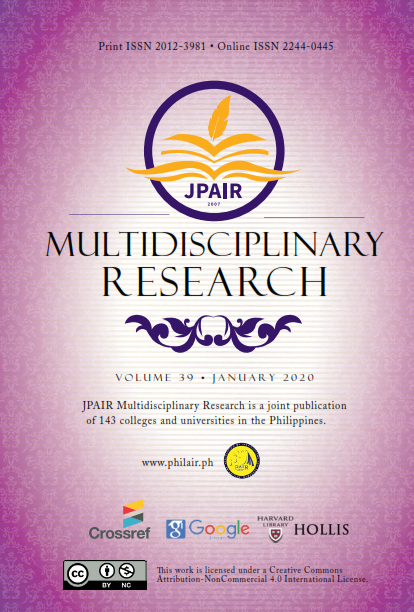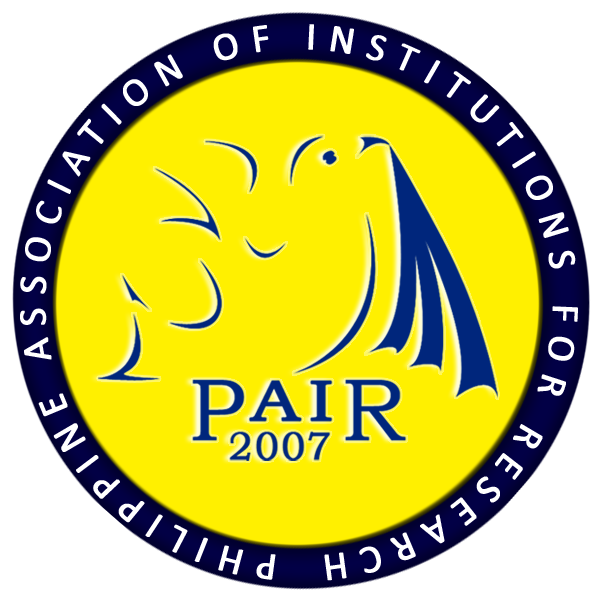Indigenous Practices and Beliefs of Rice Farmers in the Second District of Capiz, Philippines
DOI:
https://doi.org/10.7719/jpair.v39i1.762Keywords:
Education, indigenous practices, beliefs, rice farmers, descriptive study, Capiz, PhilippinesAbstract
People of a long time ago lived in harmony with nature. Because of their dependency on the environment and intimacy with nature, they have come up with a set of beliefs and traditions that becomes the basis of modern rice farming practices. This descriptive study aimed to investigate and document the indigenous practices and beliefs of rice farmers in the second district of Capiz, Philippines. Using the researcher’s made questionnaire and interview schedule, data were gathered from 59 rice farmers. Findings revealed that the majority of the respondents were in their middle age (45-57 years old) and were high school undergraduates. Before planting rice, farmers perform Bungad (planting rice and lemongrass in the corner of the rice field facing east). In planting rice, farmers assure that their stomach is full, the sea is in high tide, and the moon is in progress to the full moon. Another is Gabuo (throwing sliced turmeric while walking around the ripe grains for three consecutive afternoons) to drive away evil spirits. After harvesting, farmers perform pamutang butang or thanksgiving by offering a portion of their best yield to someone they believe mystic. Local farmers utilize mouse traps, dead animals, and plastic strips to get rid of rats, mole cricket, rice bugs, and birds (Maya), respectively. Indigenous practices and beliefs of farmers were based on their forefathers and from their personal observations and experiences. It is recommended that concerned agencies must document farmers’ indigenous beliefs and practices.
Downloads
References
Altieri, M. A., & Koohafkan, P. (2008). Enduring farms: climate change, smallholders and traditional farming communities (Vol. 6). Penang: Third World Network (TWN). Retrieved from http://bit.ly/2HudGzA
Downloads
Published
Issue
Section
License
Copyright (c) 2020 Jocelyn A. Magallanes

This work is licensed under a Creative Commons Attribution-NonCommercial 4.0 International License.
Open Access. This article published by JPAIR Multidisciplinary Research is licensed under a Creative Commons Attribution-Noncommercial 4.0 International (CC BY-NC 4.0). You are free to share (copy and redistribute the material in any medium or format) and adapt (remix, transform, and build upon the material). Under the following terms, you must give appropriate credit, provide a link to the license, and indicate if changes were made. You may do so in any reasonable manner, but not in any way that suggests the licensor endorses you or your use. You may not use the material for commercial purposes.




















